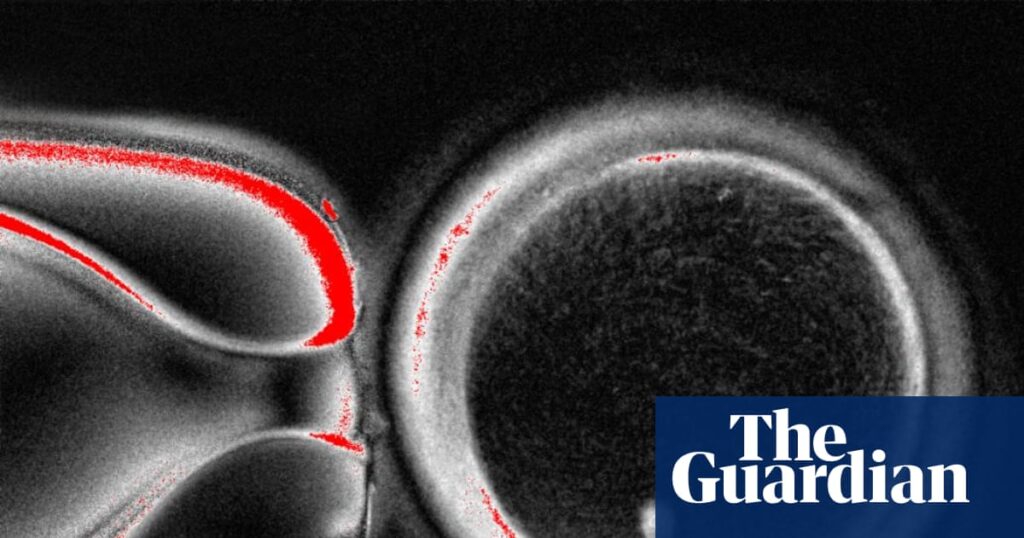
In a groundbreaking development, researchers have successfully created human eggs from skin cells, potentially revolutionizing in vitro fertilization (IVF) treatments for couples with limited options. This innovative work, conducted by scientists at Oregon Health and Science University, could pave the way for genetically related eggs for women who are infertile due to age, illness, or medical treatments. Additionally, the procedure holds promise for same-sex male couples seeking to have children.
The announcement comes as researchers, led by Prof. Shoukhrat Mitalipov, highlight the potential beneficiaries of this advancement. According to Mitalipov, “The largest group of patients who might benefit would be women of advanced maternal age.” He further noted, “Another group are those who have been through chemotherapy because that can affect their ability to have viable eggs.”
Scientific Process and Challenges
This pioneering work draws inspiration from cloning techniques developed in the 1990s at the Roslin Institute in Scotland, where Ian Wilmut’s team created Dolly the sheep through somatic cell nuclear transfer. The process involved replacing the nucleus of an egg with that from an adult cell. The Oregon team adapted this approach by using skin cells from women, extracting the nucleus, and inserting it into a donor egg that had its nucleus removed.
However, the process faced significant challenges. Human eggs naturally contain only 23 chromosomes, and an additional 23 are needed from sperm to form a viable embryo. The Oregon researchers overcame this by fertilizing the eggs with sperm and using a compound called roscovitine to activate them. This activation prompted the eggs to expel excess chromosomes, allowing the remaining ones to pair with those from the sperm.
“These abnormal chromosome complements would not be expected to result in a healthy baby,” said Prof. Paula Amato, a co-author of the study.
Despite these advancements, the process remains inefficient. Out of 82 eggs created, fewer than 10% reached the stage suitable for IVF embryo transfer, and none were cultured beyond six days. Mitalipov described the work as a “proof of concept,” acknowledging that perfecting the technique could take another decade.
Expert Opinions and Future Implications
Other scientists have praised the breakthrough, emphasizing its potential impact. Prof. Richard Anderson of the University of Edinburgh remarked, “Many women are unable to have a family because they have lost their eggs. The ability to generate new eggs would be a major advance.” He cautioned, however, that “there will be very important safety concerns.”
Prof. Ying Cheong of the University of Southampton added, “In practice, clinicians are seeing more and more people who cannot use their own eggs, often because of age or medical conditions. While this is still very early laboratory work, in the future it could transform how we understand infertility and miscarriage.”
Meanwhile, Prof. Roger Sturmey from the University of Hull highlighted the need for “open dialogue” with the public about such advances, stressing the importance of “robust governance” to ensure accountability and build public trust.
Historical Context and Ethical Considerations
The development of eggs from skin cells is reminiscent of past breakthroughs in reproductive technology, such as the first successful IVF birth in 1978. Each advancement has sparked ethical debates and regulatory challenges. The potential to create eggs from male skin cells introduces new dimensions to these discussions, particularly concerning the implications for same-sex couples and the broader societal impact.
As the scientific community continues to explore the possibilities of this technology, ethical considerations will undoubtedly play a crucial role in shaping its future. The need for comprehensive regulations and public engagement is paramount to ensure the responsible development and application of these techniques.
Looking Ahead
The path forward for this research involves refining the technique and ensuring its safety for potential clinical use. As Prof. Mitalipov noted, “I think it’s going to be harder than what we’ve done over the years thus far, but it’s not impossible.” The next steps will include addressing the efficiency of the process and ensuring that any resulting embryos are healthy and viable.
As the scientific community continues to push the boundaries of reproductive technology, the potential benefits for individuals and couples struggling with infertility are immense. With ongoing research and dialogue, this breakthrough could one day transform the landscape of fertility treatments, offering new hope to many around the world.






